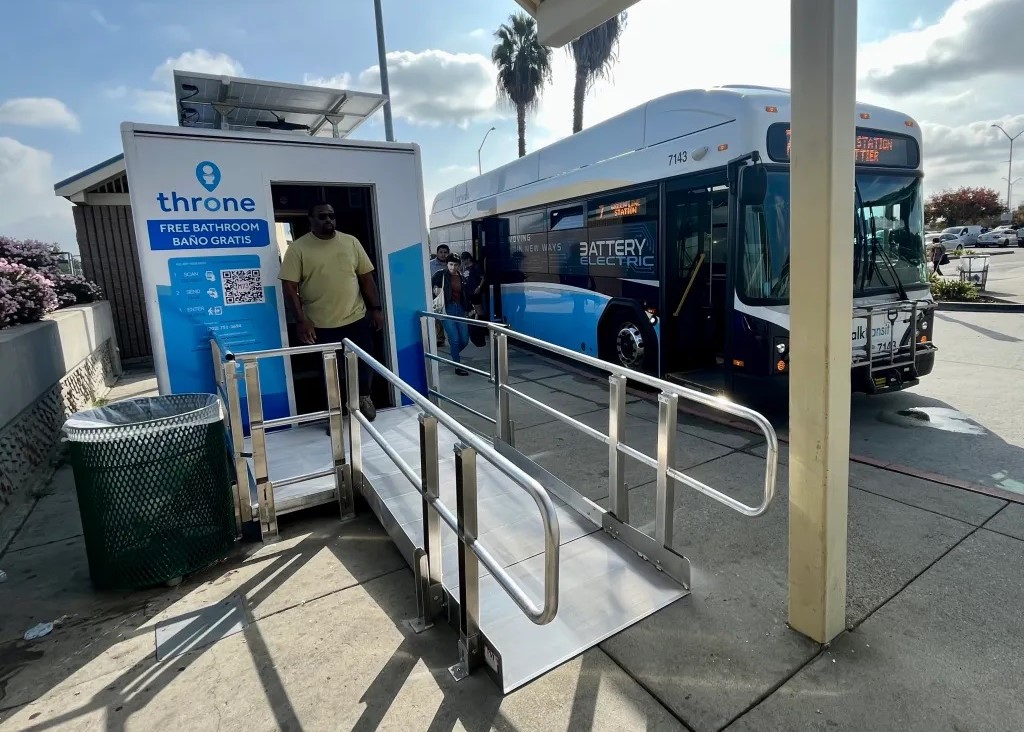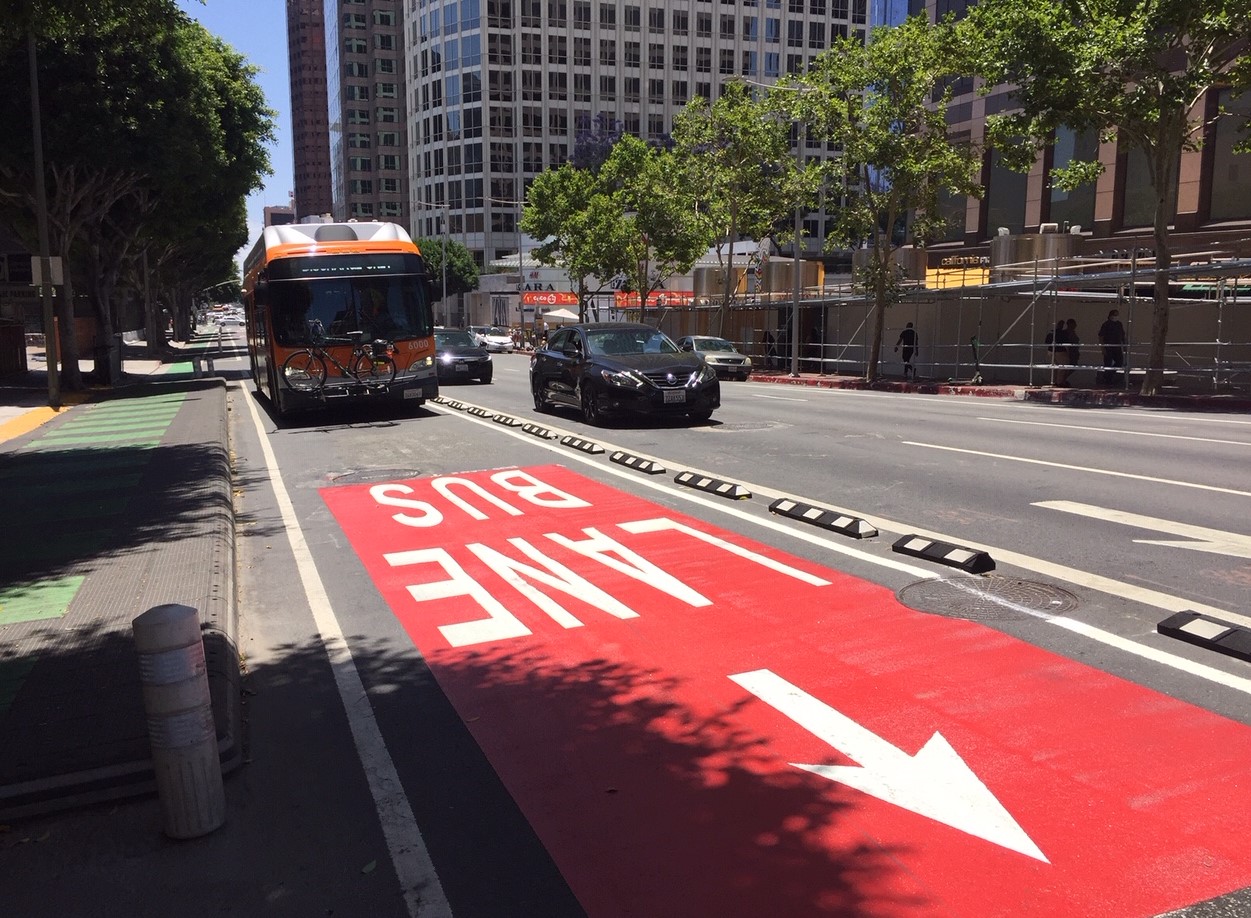You could hear a collective gasp last month when Amtrak released a plan to upgrade service on the Northeast Corridor with a $150 billion pricetag attached. Many rail advocates expressed shock. The Amtrak plan is hardly an outlier: California High Speed Rail has been dogged by similar cost concerns.
In a recent piece for Bloomberg View, Stephen Smith touched on a factor that contributes to higher costs for both road and rail projects: how governments deal with private contractors.
David Alpert at Network blog Greater Greater Washington weighed in on the issue yesterday:
Some blame public employee unions, but projects even cost far more here than in heavily unionized nations like Spain.
US agencies rely more and more on contractors because they offer advantages. Sometimes they can get something done faster and more efficiently. It's hard to hire public employees, and even harder to fire them if they turn out to do a bad job.
Another advantage of hiring contractors is less transparency and therefore less bad press. The reporters have almost no way to tell if a contractor is spending funds wisely. To build Beltway HOT lanes, Fluor-Transurban is getting $409 million directly from Virginia, $585 million in loans from the Federal Highway Administration, $586 million in subsidized bonds and $349 million in private equity. They also will get all of the money from driver tolls on the lanes. Are they making any sweetheart deals? How much are they spending on travel? Since they are a private entity, FOIA doesn't apply.
Elsewhere on the Network today: Empty Lots contemplates what it would take to repair downtown Minneapolis's parking glut. Seattle Transit Blog wonders if linking housing construction permits to the cost of housing as a percentage of median income would help make housing more affordable in expensive cities. And Human Transit tries to separate the role of the city from the role of the developer in transit projects.





